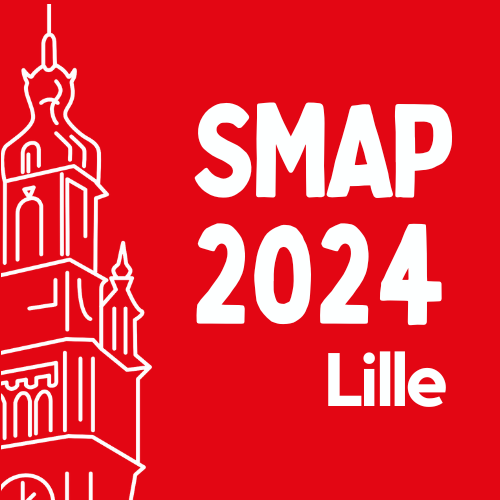
Session: Session 4
Targeted analysis on cholesteryl esters and wax esters in meibum with supercritical fluid chromatography – mass spectrometry
Meibum is a substance secreted by the Meibomian glands. It is mainly composed of hydrophobic lipid classes, especially cholesteryl esters (CE) and wax esters (WE). These meibum lipids form the outermost layer of the tear film, to maintain its integrity. Nevertheless, a Meibomian gland dysfunction can alter the quantity and/or quality of the meibum lipids. According to several studies, CE and WE are involved in the tear film stability. Characterising the meibum lipidome can be essential to identify some potential lipid biomarkers. The aim of this work is to develop a multiple reaction monitoring (MRM) method to detect CE and WE and to identify their structures in the meibum, using supercritical fluid chromatography (SFC) coupled with mass spectrometry. Afterwards, these methods were optimised before their validation on several criteria. Lipid separation was optimised by SFC on a C18 HSS column, with a total analysis time of 6 minutes. A precursor mode was then performed to detect all species structures found in the meibum and in the literature. Fifty transitions (from CE 12:0 to 36:0) were added to its specific MRM method, in the form of NH4 adducts. 245 transitions (from WE 34:1 to 52:2) were created for the NH4 adducts and 245 for the protonated ions. Two parameters were optimised: a cone voltage of 10V for CE and 35V for WE, and a collision energy of 20V for both. Standards were used for the methodological validation. Repeatability was evaluated by injecting the same standard solution ten times; residual standard deviations (RSD) were lower than 15%. Linearity was evaluated by injecting calibration curves (from 5 to 2,500 ng/mL); coefficients of determination (R²) were higher than 0.99. Stability over time was assessed on five consecutive days, by injecting the same calibration curves. All their RSD values were lower than 15% and the calibration curves R² values were higher than 0.99. Both MRM methods are repeatable, linear and stable over time.